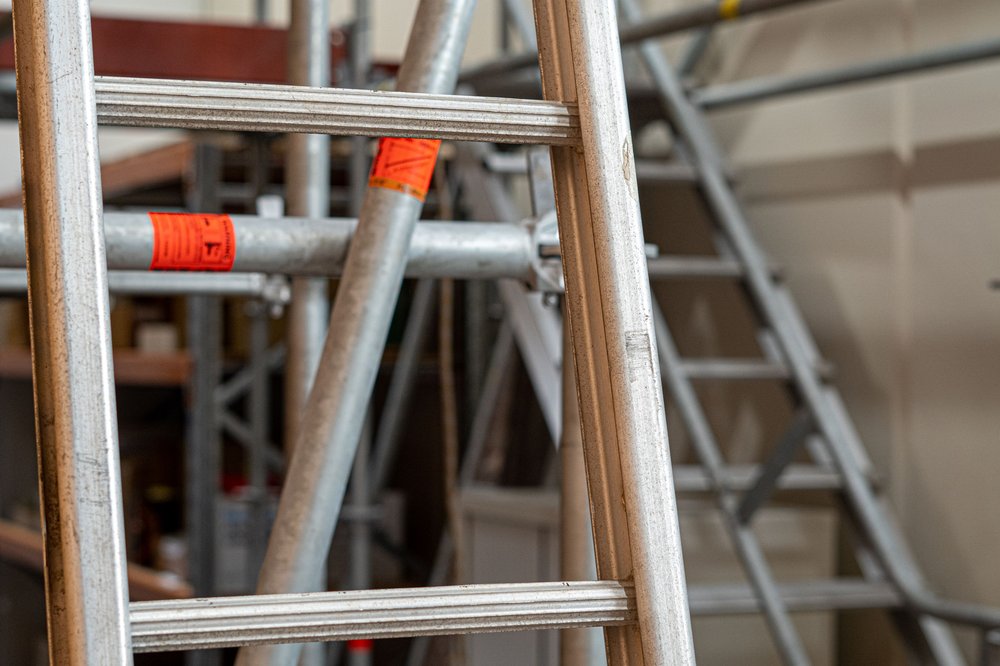
Ladders
If you work at height, you must take action to protect workers from harm that could come from a fall, as far as is reasonably practicable.
Overview
If you work at height, you must take action to protect workers from harm that could come from a fall, as far as is reasonably practicable. Work platforms, scaffolding, and towers are all options that prevent falls.
Ladders should be the last option and only be used for lower-risk and short-duration tasks.
Ladders used by construction and trade workers must be more robust than those used in the home. All ladders should comply with the relevant New Zealand standard and should be labelled accordingly. Specific sites may have rules in place about the use of ladders, check with the site management first.
Choosing the right ladder
Ladders come in a range of styles to suit the different jobs they can be used for:
- Single Pole ladders (maximum length 9 metres).
- Extension ladders (maximum length 15 metres).
- Step ladders (maximum height 6.1 metres).
- Dual Purpose ladders (stepladder hinged to provide an extension).
- Platform (podium) ladders.
Tips for safe ladder use
General ladder tips
Preparation
- Do as much prep work on the ground as possible.
- Remove unwanted material and construction waste regularly from the site so it does not accumulate.
- Ensure all working areas and access ways are clean, level, well-lit and in good condition.
- Ensure construction materials, power leads, tools and equipment are positioned and secured to avoid creating hazards.
- Inspect the ladder to ensure there is no damage or obvious defects such as cracks, missing pieces, bent stiles or rungs, or worn rubber feet.
Setting up your ladder
- Use an industrial-standard ladder in good condition on stable ground.
- Position the ladder as close as possible to the work. Do not reach out, move the ladder instead.
- Restrain or secure the ladder both at the top and the bottom to prevent it from slipping.
- Ladders should be set up at an angle of 1 horizontal (out) to 4 vertical (up).
- Where a ladder is used to access a working platform, ensure it extends 1 metre above the working platform.
Working on a ladder
- Ladders should be used for access only.
- Do not carry tools and materials when climbing a ladder, maintain at least three points of contact with the ladder at all times.
- A ladder is designed to support one person only.
- Never use the top three rungs of a single pole or extension ladder.
- Ensure you wear appropriate safety gear.
- Any repairs to a ladder should be carried out using the same materials and to the original manufacturer's design specification or preferably done by the manufacturer or a representative.
Additional tips for using step ladders
- Use step ladders with lockable spreader bars (stays) on both sides connected to the front and rear stiles.
- Ensure the stays and clips are secured on step ladders.
- Step ladders should be set up on firm, level ground. Sole plates will be needed on soft ground.
- Always face the step ladder when standing on it - Place the steps towards your work and avoid side-on loading (like drilling side-on through bricks).
- Dual-purpose step ladders must be securely latched by a locking bar or secure catch when extended.